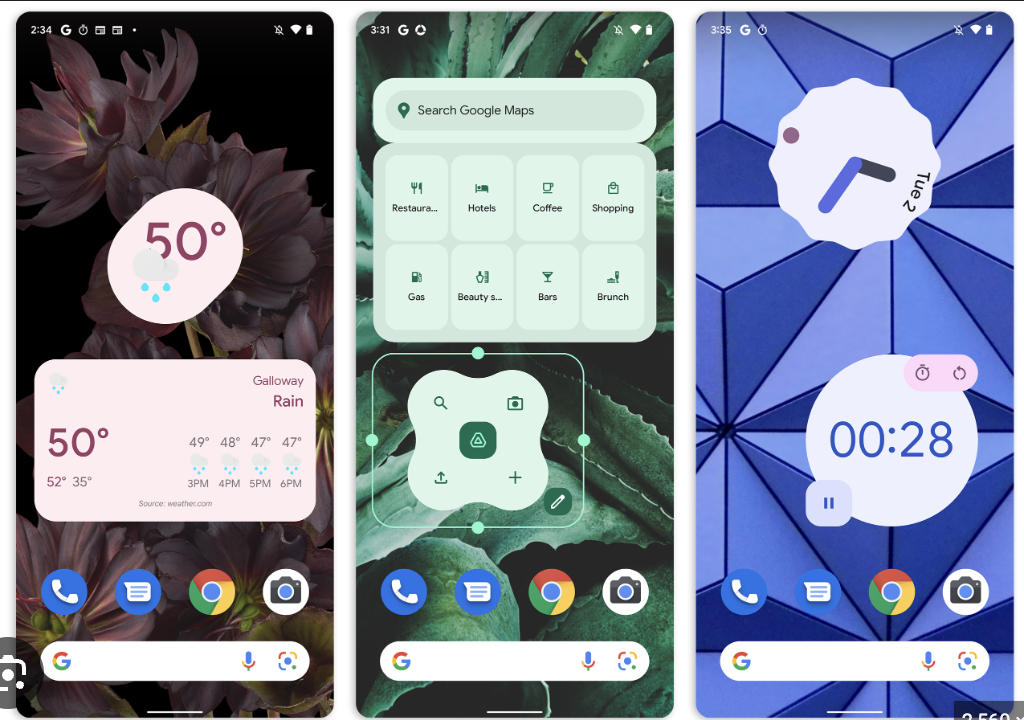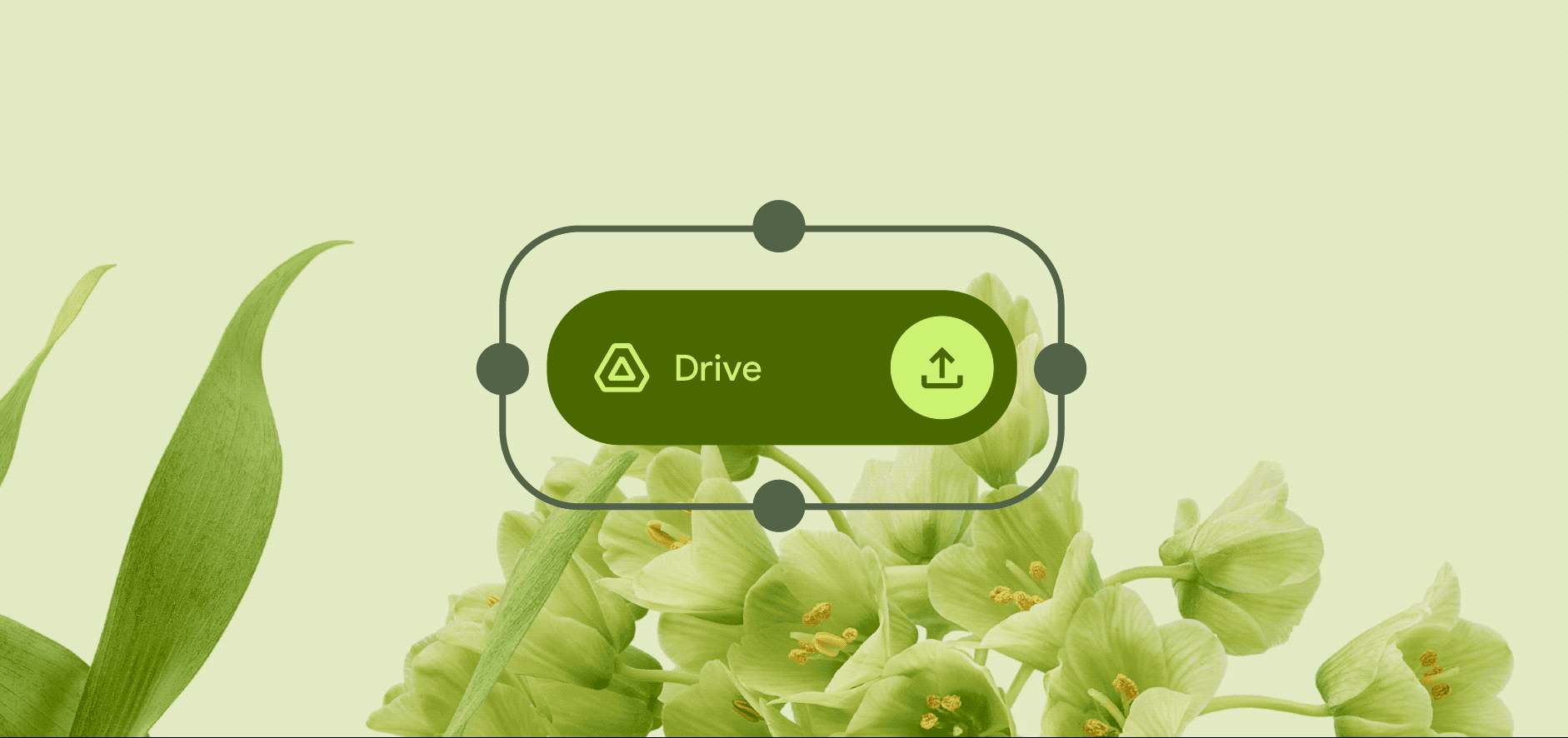Redesigning Android Widgets for Usability & Personalization

Why
Android widgets had long been criticized for limited customization, inconsistent sizing, and poor discoverability. Reviews across Google apps (n=1,400) reinforced this need: Calendar, Keep, Tasks, Classroom, Maps, and Home users consistently called out widget frustrations or requested widget improvements. In some cases (e.g., Google Tasks), users even described widgets as a minimum requirement for using the product at all.The research goal was to identify user pain points and preferences around customization, widget sizing, cross-widget use, and discoverability to design a modernized, task-oriented widget experience.
Unhappy Customer Quotes from Google Reviews
“If you add the widget that allows you to write down notes on the home, it would be by far the top!” — Google Keep user
“Google Maps is the best… only reason for 4 stars is because it lacks a widget both for iOS and iPadOS.”
“It’s useless if you don’t add support for widgets. I can wait a bit but then I will have to switch.” — Google Tasks user
How
The study combined:
- Literature review of prior Android widget research from internal Google Research Archives and external websites.
- Analysis of Google app reviews by consumers of Google products, mentioning widgets across Calendar, Keep, Tasks, Maps, and Home.
- User interviews with 10 Android users to probe preferences, frustrations, and ideal use cases for on the go tasks.
Research Findings – What We Learned
- Customization & Visual Appeal: Users wanted more control over appearance (e.g., transparency, placement, aesthetic flexibility).
- Widget Size Optimization: Demand for dynamic widget sizes—e.g., small clock vs. larger calendar widgets for more detailed info.
- Cross-Widget Usage: Users often paired widgets (e.g., clock + weather), which informed the development of integrated widget designs.
- Discoverability & Usability: Reviews and interviews highlighted frustrations with finding and using key widgets (e.g., weather, maps, and notes), prompting a redesign to simplify access.
- Task-Oriented Design: Widgets were viewed as essential tools for quick tasks (checking time zones, starting notes, or managing tasks), reinforcing the need for role-specific and situational widget design.
Impact
The research directly shaped the new suite of Android widgets, leading to measurable improvements:
- Adoption & Satisfaction: 30% increase in widget usage and 25% fewer complaints on Google product reviews related to discoverability of widgets.
- Customization: A majority (60%) of users regularly tailored widget appearance—adjusting transparency and size—to make better use of homepage space reflecting the wide acceptance and approval of the enhanced experience offered.
- Efficiency: Optimized widget sizes and paired widgets drove a 40% increase in cross-widget usage ex: Google calendar consisting of Google map info in the form of address to venue.
Article on the Android Widget Launch

https://blog.google/products/android/5-of-our-favorite-android-widget-features/